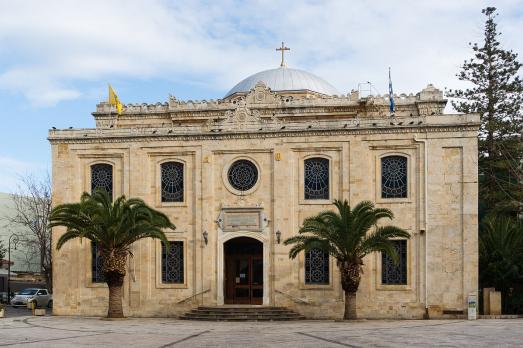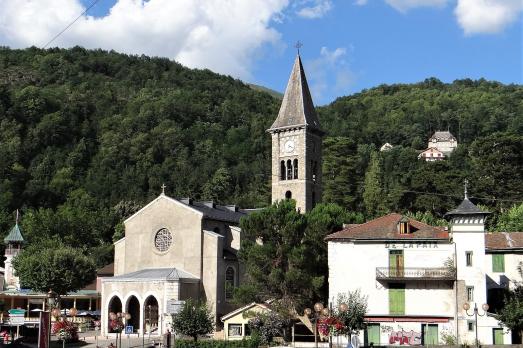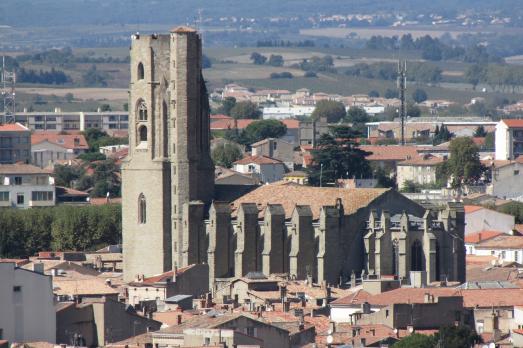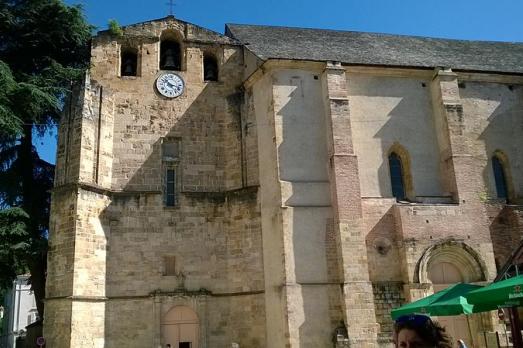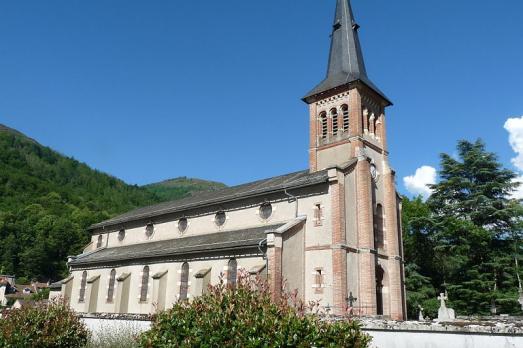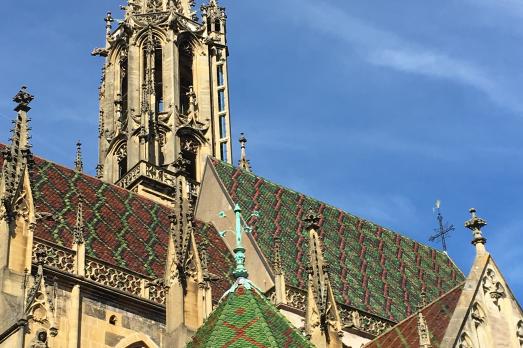
Church of Saint Theobald, Thann
Thann, FR
This church is a major work of late Gothic architecture in Alsace. The college owes its name to the college of canons who came to settle there in 1442. The central vessel, without triforium, typical for the southwest of the empire, can be linked with the Collegiate Church of Colmar and the Cathedral of Ulm.

